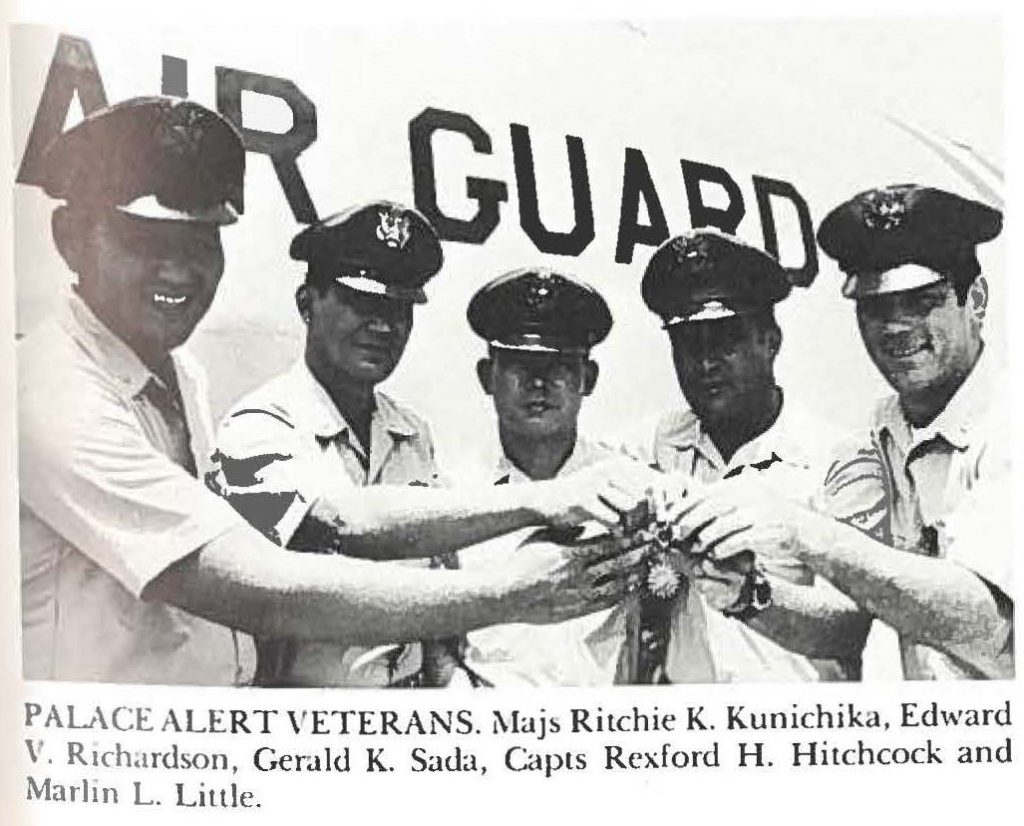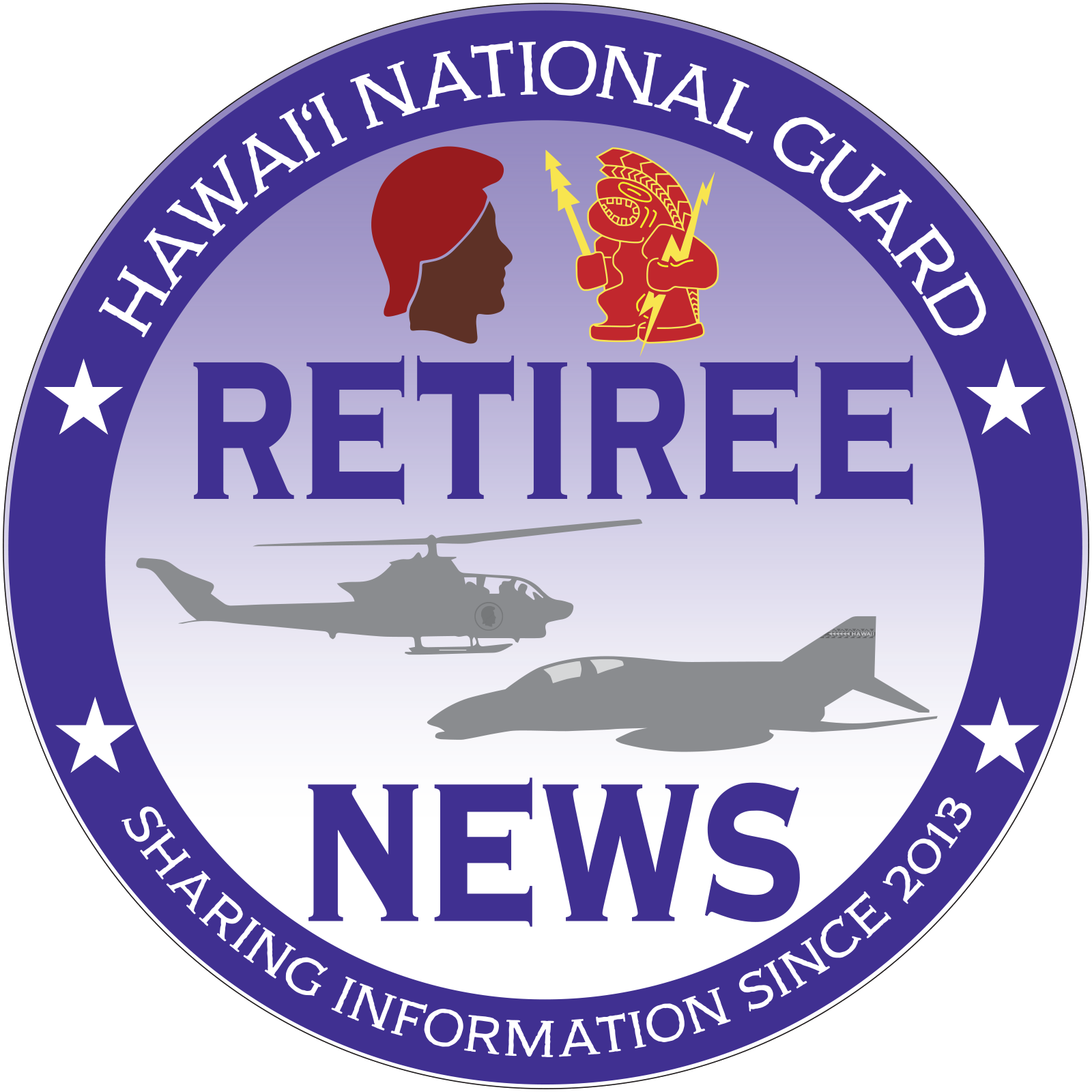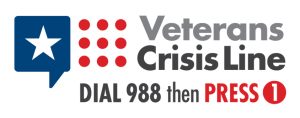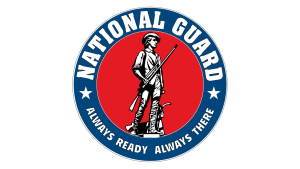A Tribute to Hawaii National Guard Vietnam Veterans

Fifty-seven years ago in the summer of 1968, the United States was deeply involved in the conflict in Southeast Asia. With air defense needs growing across the region, a new initiative known as Palace Alert was launched—an innovative partnership between the Pacific Air Force and the Hawaii Air National Guard (HANG). The goal was clear: augment the U.S. Air Force’s fighter-interceptor forces with highly trained pilots from the Air National Guard, ready to serve in vital roles without a full mobilization of active-duty forces.
The HIANG’s 154th Fighter Group, particularly the 199th Fighter Interceptor Squadron, was uniquely equipped to take on this challenge. Their F-102 Delta Dagger jets were the backbone of air defense in the Pacific, and the pilots were prepared for combat. Palace Alert would see many of them travel to combat zones in Southeast Asia, joining the fight while gaining invaluable combat experience.
The first two volunteers from HIANG were Major Jon G. Parrish and Major Gerald K. Sada, who in July 1969 were deployed to Clark Air Force Base (AFB) in the Philippines. From there, they flew missions out of Da Nang AFB in South Vietnam, engaging in air defense duties over hostile territory.
The mission of these pilots, alongside their colleagues, was to provide vital air superiority, defend U.S. and allied forces, and disrupt the enemy’s supply lines. Their contributions were recognized with Air Medals and Oak Leaf Clusters, a testament to their exceptional service.
As the program grew, Major Ritchie K. Kunichika became one of the next volunteers. Kunichika, a highly skilled fighter pilot with the 154th Fighter Group at Hickam Air Base, flew a 95-day combat tour in Vietnam, and he became one of the program’s standout participants.
“Yeah, I’d like to go back,” Kunichika remarked with determination after returning from his tour. “We’re over there for a reason. There’s a job to be done, and I’d like to get my two cents in.”
His enthusiasm for the mission was palpable, even after seeing the intense nature of combat firsthand. Kunichika, along with Captain Rexford F. Hitchcock, served as two of the Hawaii Air National Guard’s pilots attached to the Palace Alert program, flying missions out of Da Nang Air Base, located near the North Vietnam border.
Kunichika flew approximately 50 sorties, many of them as part of bombing escort missions for heavy bombers targeting enemy supply lines. “As soon as you take off, you can see artillery and machine gun fire,” Kunichika recalled.
“The area was infested with Viet Cong, and both night and day, we’d see rockets and small arms fire hitting their positions.”
Though Kunichika was a seasoned pilot, having flown F-86s and F-102s since 1958, his time in Vietnam gave him a new perspective on warfare and the importance of the Palace Alert program. The experience was not just about flying combat missions; it was about contributing to a broader effort.
“We were there to make a difference,” Kunichika said, reflecting on the purpose that drove him and his fellow pilots to volunteer.
By the time the program ended, more than 100 combat-qualified F-102 pilots from across the nation had participated, augmenting the U.S. Air Force’s ability to maintain air superiority in some of the most challenging environments of the Cold War. And for the pilots of the Hawaii Air National Guard, their legacy in Palace Alert endures—each flight, each sortie, a small but vital piece in the broader picture of defending freedom and securing the peace.
References: Annual Report Department of Defense State of Hawaii Fiscal Year 1969, HANG 25 History of Hawaii Air National Guard, the Hawaii Guardsman Fall 1968 and the Hawaii Guardsman Spring 1969
The State of Hawaii, Department of Defense (HIDOD)’ Retiree News does not endorse any of the external hyperlinks listed or posted on this site. This includes linked websites, information, products, or services contained therein. We are a government run website for which transparency and accountability are paramount. HIDOD cannot have the appearance of endorsement and are bound by the HIDOD Social Media Policy concerning political posts being respectful, honest, and accurate. Operational Security will additionally be adhered to. Retiree News does not exercise any editorial control over the information you may find at linked sites. Some of the sites linked to may limit the number of stories you can access without a paid subscription. All links were provided with the intent of meeting the mission of the HIDOD’s version of Retiree News.


